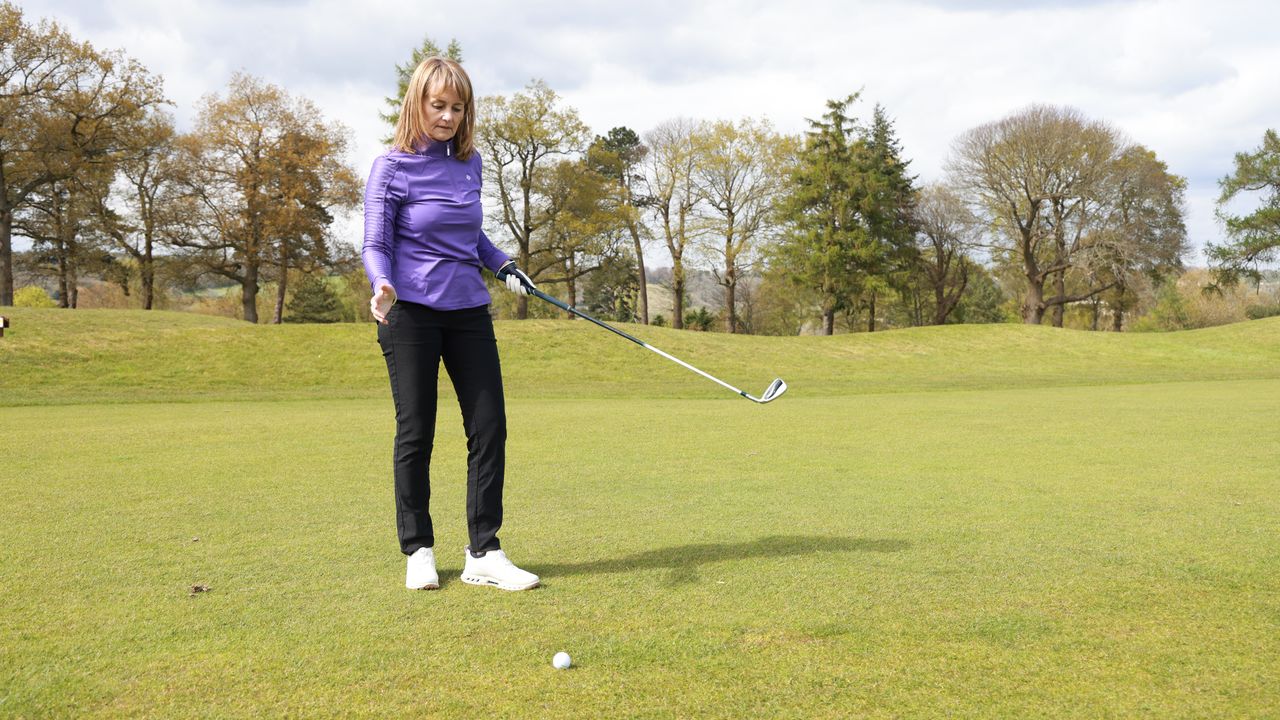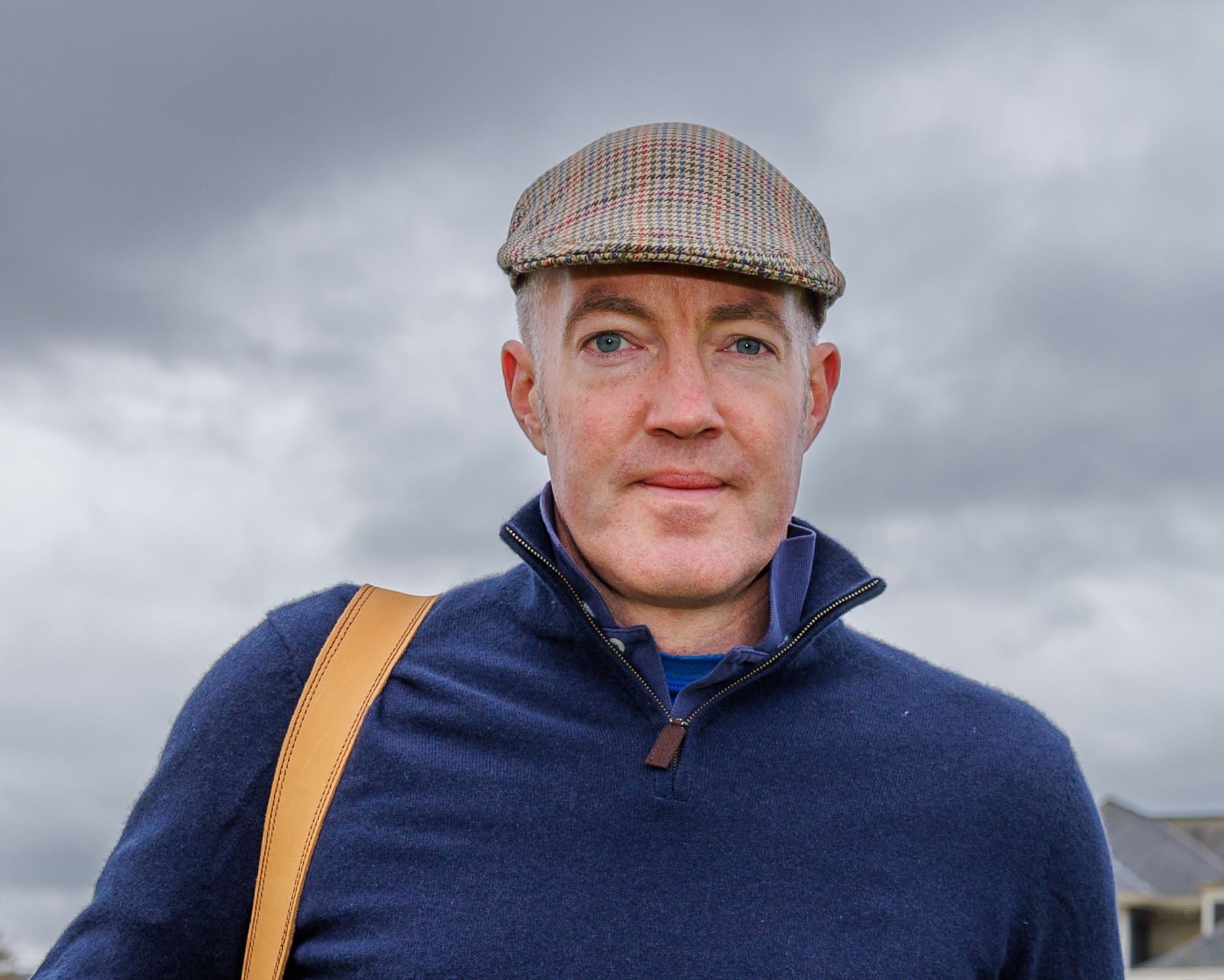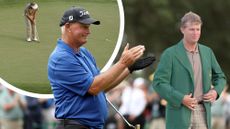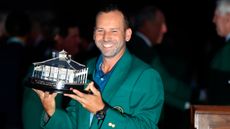Rules Refresher: What To Do When Natural Forces Cause The Ball To Move
We give you all the information you need to know about what to do if the wind or water cause your ball to move on the golf course. It might just come in handy.


If natural forces, such as wind or water, cause your ball at rest to move anywhere on the course then, almost always, there is no penalty but the ball must be played from its new spot as per Rule 9.3. There are a couple of exceptions though.
The first, is when the ball is on the putting green and has already been lifted and replaced. Rule 13.1d(2) says that if natural forces cause the ball to move on a putting green after it has been lifted and replaced then the ball must be replaced on the spot it moved from, which if not known should be estimated.
However, it should be noted that if the ball on the putting green had not been lifted and replaced before natural forces caused it to move, the ball must be played from its new spot. So, if your ball is sitting on the green and, before you reach it, the wind blows it into a bunker – bad luck, you are now playing from the bunker!
The second exception in Rule 9.3 is if the ball has been dropped, placed or replaced anywhere on the course and natural forces then cause it to move to another part of the course, say it goes OB or into a bunker, then the ball must be replaced on its original spot.
What happens when the wind causes your ball to move after you’ve started your stroke? Generally speaking, Rule 10.1d says you must not make a stroke at a moving ball but there are a few exceptions and one of them, covered by Rule 9.1b, could come into play if your ball starts moving during your stroke.
If you are able to stop mid swing or deliberately miss the ball, there will be no penalty if you have not caused the ball to move.
But, if you continue to make a stroke at the ball there is no penalty, but you must play the ball from where it comes to rest after making the stroke, and that stroke counts, even if you miss the ball.
Get the Golf Monthly Newsletter
Subscribe to the Golf Monthly newsletter to stay up to date with all the latest tour news, equipment news, reviews, head-to-heads and buyer’s guides from our team of experienced experts.

Fergus is Golf Monthly's resident expert on the history of the game and has written extensively on that subject. He has also worked with Golf Monthly to produce a podcast series. Called 18 Majors: The Golf History Show it offers new and in-depth perspectives on some of the most important moments in golf's long history. You can find all the details about it here.
He is a golf obsessive and 1-handicapper. Growing up in the North East of Scotland, golf runs through his veins and his passion for the sport was bolstered during his time at St Andrews university studying history. He went on to earn a post graduate diploma from the London School of Journalism. Fergus has worked for Golf Monthly since 2004 and has written two books on the game; "Great Golf Debates" together with Jezz Ellwood of Golf Monthly and the history section of "The Ultimate Golf Book" together with Neil Tappin , also of Golf Monthly.
Fergus once shanked a ball from just over Granny Clark's Wynd on the 18th of the Old Course that struck the St Andrews Golf Club and rebounded into the Valley of Sin, from where he saved par. Who says there's no golfing god?
You must confirm your public display name before commenting
Please logout and then login again, you will then be prompted to enter your display name.
-
 Sandy Lyle Shared 3 Top Tips With Us Prior To Winning The Masters in 1988... And They Could Still Save You Shots 37 Years Later
Sandy Lyle Shared 3 Top Tips With Us Prior To Winning The Masters in 1988... And They Could Still Save You Shots 37 Years LaterThe 1988 Masters Champion shared his expert tips in the January 1988 issue of Golf Monthly, but they are still absolute gems for amateur golfers to this day...
By Barry Plummer Published
-
 Sergio Garcia 'Super Proud' To Reach Major Milestone In The Masters
Sergio Garcia 'Super Proud' To Reach Major Milestone In The MastersSergio Garcia says he's "super proud" to be joining an exclusive club at The Masters as it'll be his 100th appearance in a Major championship
By Paul Higham Published